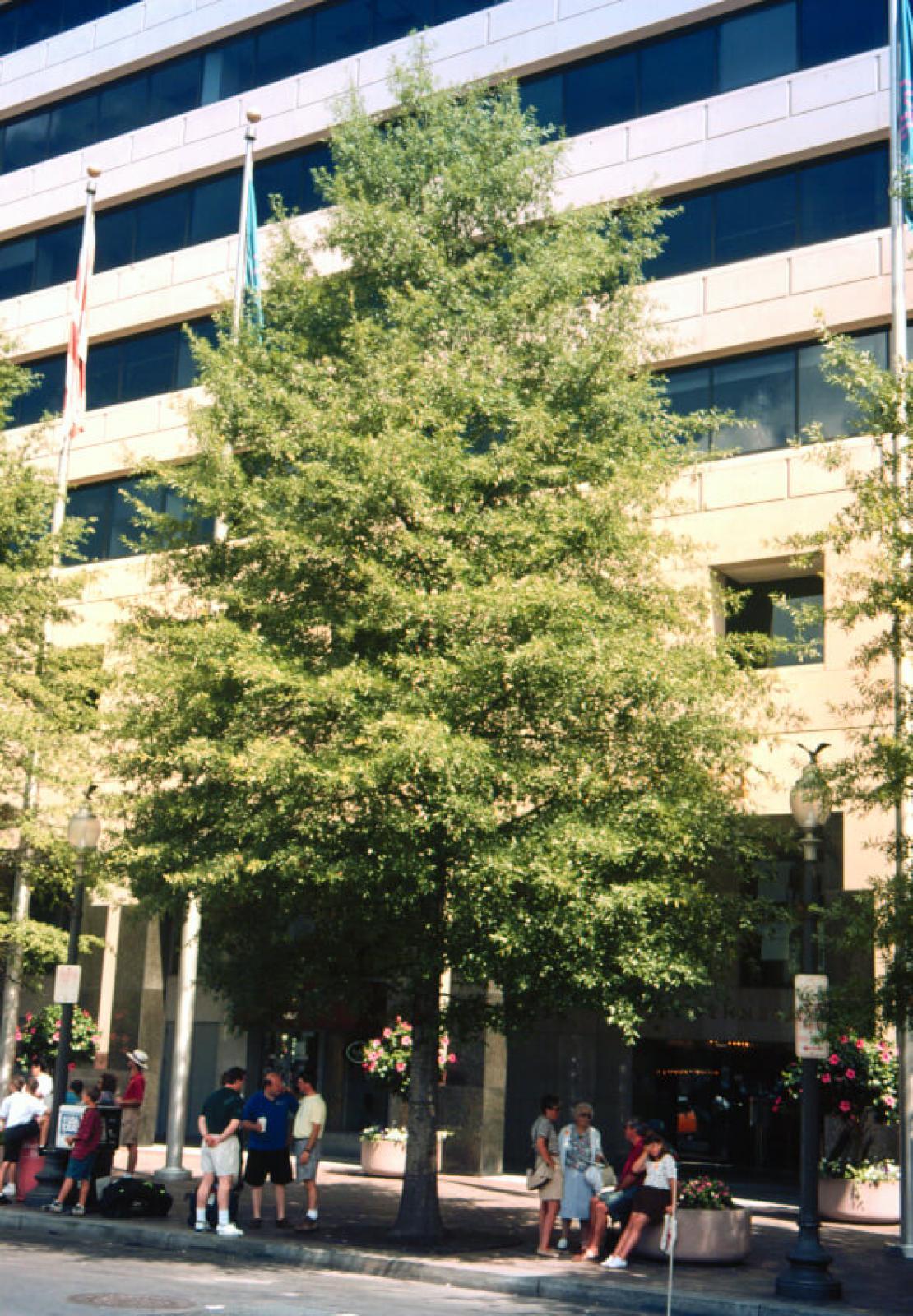January 15, 2010
Team to examine alternatives to ash and Norway maple

City-tolerant trees are in short supply.
In the past few years, two tough urban trees have lost favour in landscaping. The once popular trees are ash (Fraxinus spp.), due to the emerald ash borer, and Norway maple (Acer platanoides), as a result of its reported invasive characteristics. As for the latter, research continues to determine if all types and cultivars pose a threat to native landscapes.
The impact of losing these trees from the landscape menu is considerable for growers, urban foresters, landscape architects, contractors and retailers. There is an urgent need to find alternative species that will tolerate the difficult and stressful growing conditions encountered in street plantings and urban environments. The cosmetic pesticide ban and the efficacy of dealing with the potential problems of mature trees are also issues that will be taken into account.
Over the next few months, the working team will review existing information from regions of North America with similar growing conditions, conduct surveys and seek input from a broad range of interested parties and stakeholders. “Participation from those interested in the project is important and valued, regardless of the sector,” says Chris Graham, acting team leader.
Supported by funding from the Farm Innovation Program, the working group assembled to investigate the issue includes Sean Fox, assistant manager at the University of Guelph Arboretum; Jennifer Llewellyn, OMAFRA nursery crops specialist; Dr. Glen Lumis, Professor Emeritus, University of Guelph; Luba Taylor, BritAli Gardens and Chris Graham, former director of horticulture at Royal Botanical Gardens.
“There may be some skepticism, as underused and overlooked species are recommended, but we need to keep an open mind,” says Graham. “Without doubt, there will be challenges for growers to include new product to their inventory. Equally, end-users may be reluctant to accept alternatives.”
For information or input, contact Glen Lumis at glumis@uoguelph.ca.